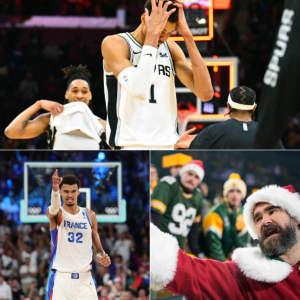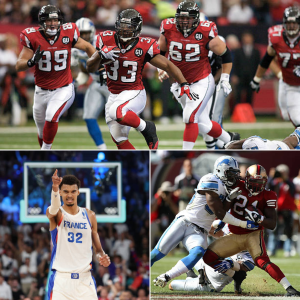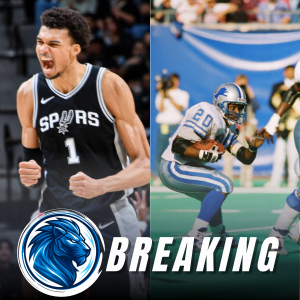
The 2025 season is still young, but Monday night’s outing captured what’s been a recurring theme for Aaron Nola so far.
Hard contact early, plenty of traffic on the bases, tightrope walks, some mid-game stabilization—and then, more frustration.
Nola appeared poised for a solid six-inning, two-run performance, but with the Phillies trailing and the bullpen stretched thin, manager Rob Thomson sent him out for the seventh inning at 89 pitches. That’s when Nola’s fastball, already showing diminished velocity, dipped further into the 88-89 mph range.
“I think it’s probably just an early-season thing,” Nola said. “Feels like I usually start out with lower velocity when it’s cold, and it gradually builds up as the weather warms. At least I hope that’s the case. Either way, I’ve got to keep competing and focus on commanding my pitches.”
This season, Nola’s four-seamer and sinker are both averaging 2 mph slower—down to 91 and 90, respectively. This isn’t new; just last April, his velocity was similar before it climbed to an average of 92.8 mph after May 1.
He and the Phillies are banking on a similar rebound. But if it doesn’t come? With Nola averaging nearly 200 innings over his last six full seasons, there’s a question of whether the workload is starting to catch up.
“Gotta keep competing,” Nola reiterated. “I need to eat innings, limit runs, and just pitch. I know the results haven’t been there, but it comes down to commanding the zone, getting ahead, and avoiding walks.”
“So far, the results are rough. Groundballs are finding holes. The fastball’s not where it needs to be. Hopefully that changes soon. Curveball and changeup felt good tonight, but when I leave the ball over the plate, it’s getting hit.”
Nola gave up a leadoff homer to Francisco Lindor on a curveball that caught too much of the plate, then surrendered another solo shot to Jesse Winker on a 2-0 fastball in the second. He managed to strand five runners over the next four innings, but in the seventh, two more reached base before reliever Jose Ruiz gave up a three-run homer to Lindor. The Phillies rallied late but still lost, 5-4.
“It’s frustrating,” Nola admitted. “0-5 with a 6.50 ERA—it’s brutal. But I’m going to keep grinding, stick to my routine, prepare the best I can, and stay healthy. I believe things will turn around.”
Manager Rob Thomson isn’t panicking, noting that Nola has pitched effectively with reduced velocity before. Nola doesn’t rely on overpowering stuff but does need that late life on his fastballs. His four-seamer and two-seamer are most effective when they jump late, especially when sitting in the 92-94 range.
“That last bit of movement is huge for me, especially on my four-seam,” Nola said. “I’m never going to be a 94-95 guy, so I need that late jump. But it all starts with command.”
Another factor in Nola’s tough start: the Phillies have only scored five total runs in his five outings, giving him no margin for error. He’s felt the pressure to be perfect.
He’ll spend the week fine-tuning his command and trying to add that extra bit of life to his heater. On Monday, he was noticeably grunting more than usual, clearly trying to find something extra.
Nola’s next chance comes Saturday at Wrigley Field. A stiff wind blowing in wouldn’t hurt.
“I’m not worried about him,” said teammate Trea Turner. “He’s been a great pitcher for a long time. Everyone goes through rough patches. This is just one of them.”






